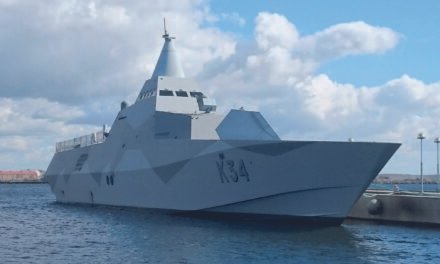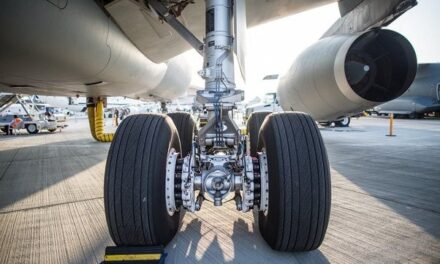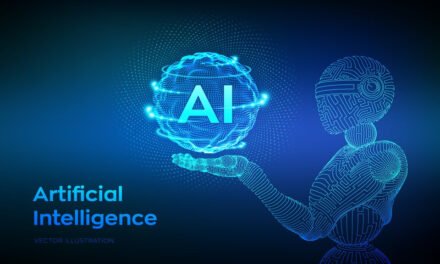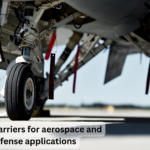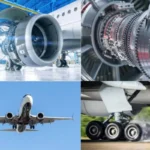Digital twin technology plays a transformative role in optimizing the design, development, and performance of green propulsion systems by providing a virtual environment for simulation, analysis, and testing. Here’s how digital twin technology contributes to this optimization:
1. Virtual Prototyping and Design Optimization
- Accelerated Design Cycles: Digital twins allow engineers to create and test virtual prototypes of green propulsion systems before physical production, reducing time and costs associated with traditional prototyping.
- Design Iteration: Engineers can rapidly iterate and refine propulsion system designs in a virtual environment, optimizing factors like efficiency, weight, and sustainability.
- Advanced Simulations: Real-time simulations of aerodynamics, thermal management, and energy flow provide insights into the system’s behavior under various conditions.
2. Real-Time Performance Monitoring and Feedback
- Operational Data Integration: Digital twins integrate data from sensors on actual propulsion systems to provide real-time feedback, enabling dynamic performance optimization.
- Predictive Insights: By analyzing operational data, digital twins predict potential issues, such as efficiency losses or component failures, allowing proactive adjustments.
3. Enhanced Efficiency and Sustainability
- Energy Flow Optimization: Digital twins model energy flow within propulsion systems, identifying areas to reduce energy loss and improve overall efficiency.
- Material Usage Analysis: Virtual models help optimize material selection and manufacturing processes, minimizing waste and the environmental footprint of system production.
- Lifecycle Emissions Estimation: Digital twins evaluate the entire lifecycle emissions of propulsion systems, from production to operation and disposal, to identify areas for improvement.
4. Integration of Advanced Technologies
- AI and Machine Learning: Digital twins use AI algorithms to analyze large datasets and suggest design enhancements, ensuring optimal system performance and sustainability.
- Testing Green Fuels: Virtual models simulate the performance of alternative fuels, such as hydrogen or SAFs, under varying conditions, helping determine their feasibility and efficiency.
5. Improved Maintenance and Reliability
- Predictive Maintenance: Digital twins analyze wear and tear in propulsion systems, predicting maintenance needs to extend the system’s lifespan and reduce downtime.
- Reduced Testing Costs: Virtual testing with digital twins minimizes the need for extensive physical testing, lowering costs and environmental impacts.
6. Collaboration and Knowledge Sharing
- Cross-Disciplinary Collaboration: Digital twins provide a unified platform for engineers, researchers, and stakeholders to collaborate and share insights on propulsion system development.
- Standardization and Benchmarking: By creating standardized virtual models, digital twins enable benchmarking across different designs and technologies.
7. Scalability and Customization
- Adapting to Various Aircraft Types: Digital twins can be scaled and customized to optimize propulsion systems for diverse aircraft types, from small UAVs to large commercial jets.
- Dynamic Adaptation: Models can adapt to changes in technology, regulatory requirements, or operational conditions, ensuring long-term relevance.
8. Support for Certification and Regulatory Compliance
- Compliance Modeling: Digital twins simulate propulsion systems under regulatory conditions, ensuring designs meet emission standards and safety requirements.
- Accelerated Certification: By providing detailed performance data, digital twins streamline certification processes for green propulsion systems.
Digital twin technology revolutionizes the optimization of green propulsion systems by enabling advanced simulations, predictive analytics, and real-time performance monitoring. This approach not only accelerates innovation but also ensures sustainability and efficiency in propulsion system development, aligning with the broader goals of green aviation and aerospace.

